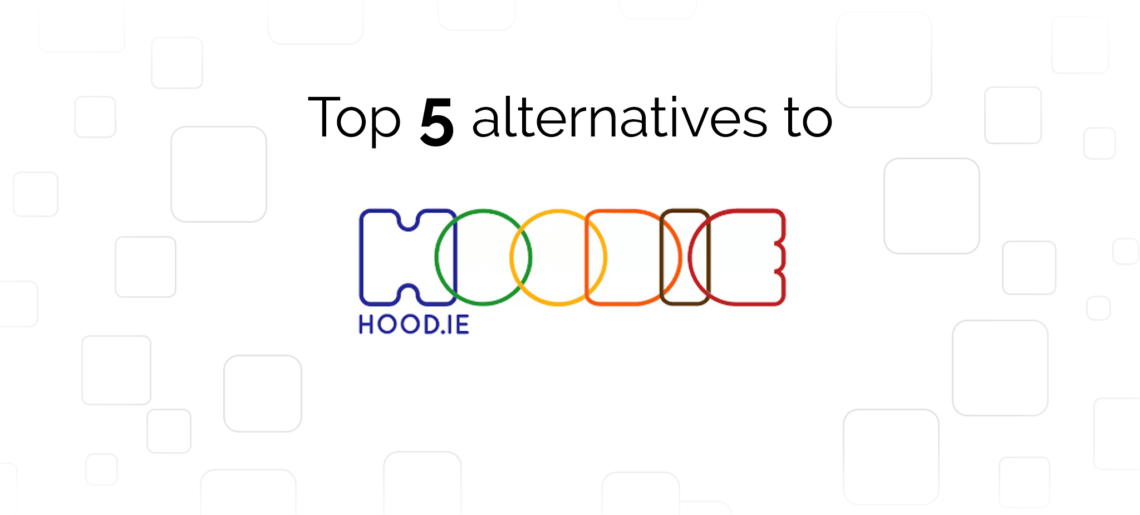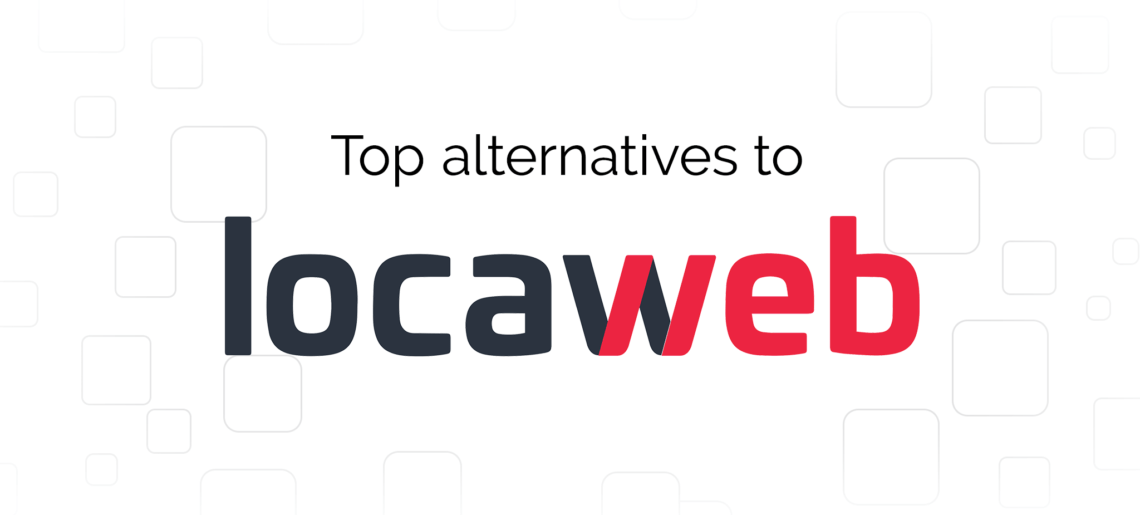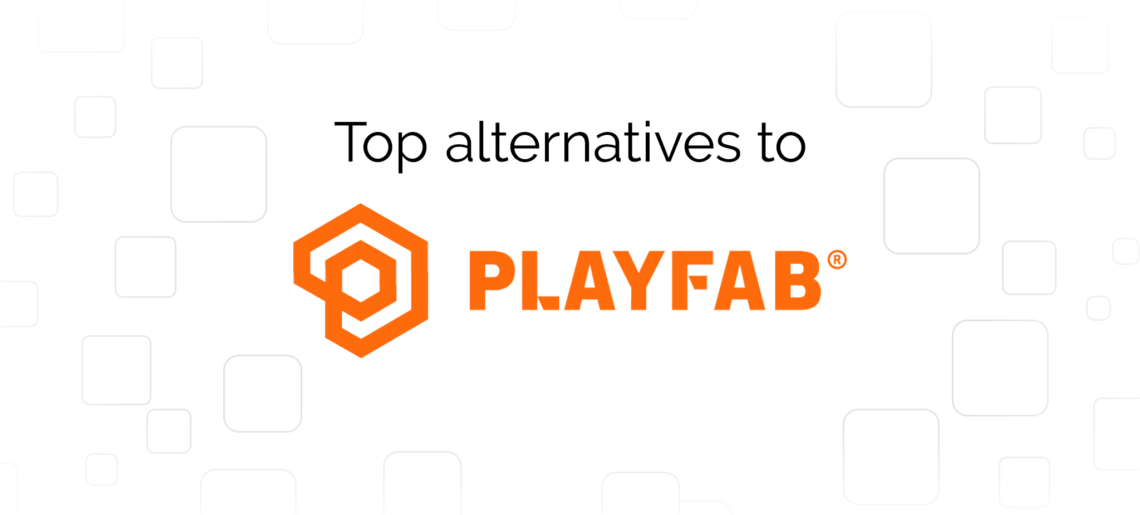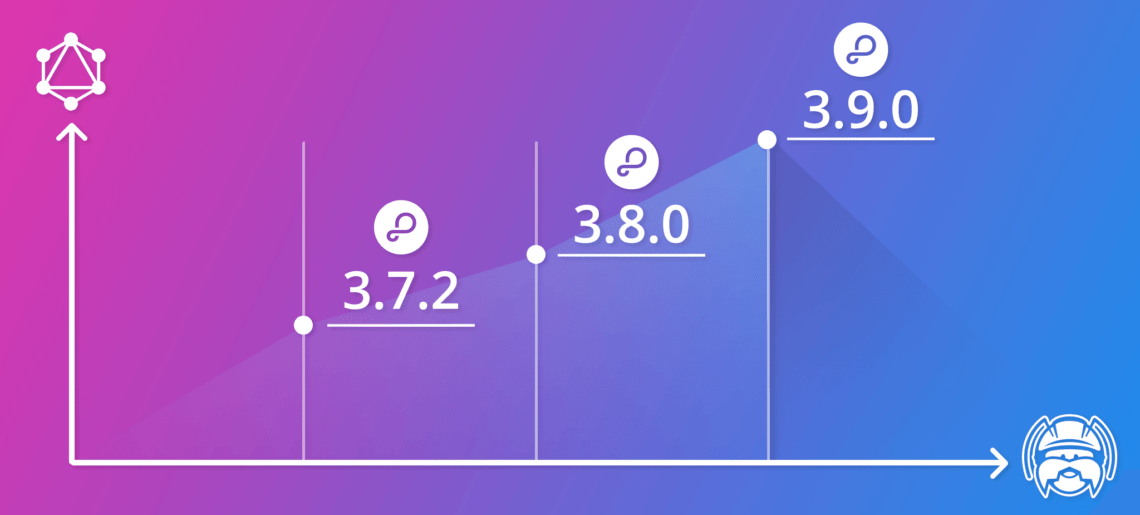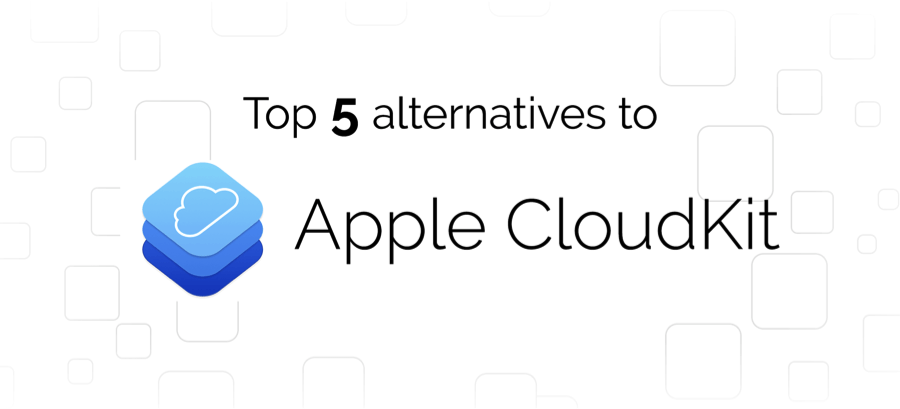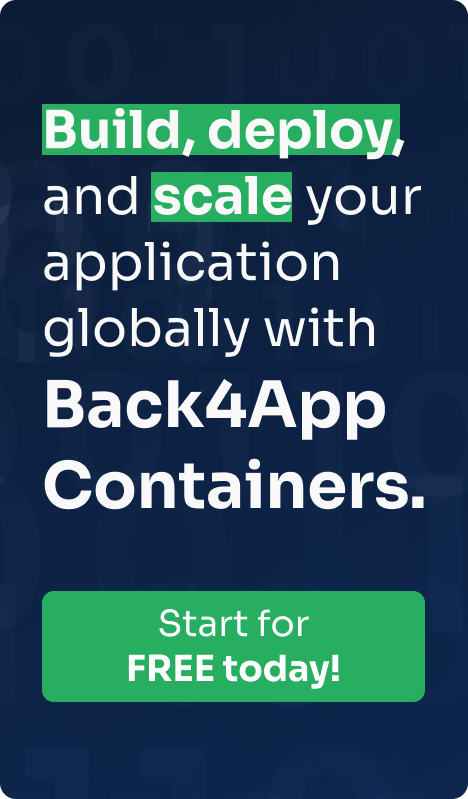Hood.ie is an open-source backend that allows developers to quickly implement features without even needing to code. It is the first-ever offline Javascript backend and is mainly used by mobile application & game developers to make a backend that works without needing to waste dozens of hours into difficult backend coding. There are some alternatives to Hood.ie that might be better than itself in certain scenarios. We have listed five of them:
Locaweb Alternativas: Conheça 5 Fornecedores
A hospedagem na Web é um serviço extremamente útil, sem o qual as empresas deixam de tornar seus sites acessíveis através da internet. A Locaweb é um popular provedor de serviços de hospedagem na web que oferece seus produtos a milhares de empresas de TI.
O que é a Locaweb?
A Locaweb fornece serviços de TI a consumidores, empresas de nível médio e pequeno e até empresas corporativas. Com milhares de clientes ativos, é considerado um dos mais importantes provedores de serviços de hospedagem na web no mundo. Se você precisa de serviços de hospedagem de qualidade, a Locaweb oferece uma solução confiável para sua marca. No entanto, além da oportunidade de hospedagem na web, a Locaweb também fornece outros serviços, como registro de domínio, recursos de computação em nuvem e serviços de call center virtual.
Serviços da Locaweb
Para saber mais sobre os tipos de serviços oferecidos pela Locaweb, dê uma olhada abaixo.
- Hospedagem na Web – Esta é a principal operação da empresa. A hospedagem na Web da Locaweb inclui o serviço de hospedagem, registro de domínio e todos os outros serviços relacionados.
- Serviços de terceirização – também oferece serviços de infraestrutura do Datacenter, que incluem servidores dedicados e computação em nuvem.
- Comunicação – A Locaweb fornece serviços de call center virtual juntamente com PABX virtual para empresas que precisam do mesmo.
No entanto, a Locaweb não é o único provedor de serviços de hospedagem no mundo. Muitas empresas estão procurando alternativas da Locaweb. Listadas abaixo estão algumas opções abertas para você:
Hosted GraphQL Service Providers – Which is the best?
All developer takes the quality of their application seriously. After all, the success of their program ultimately depends on its quality. This article shows you easy-to-follow ways to create and host a GraphQL database without hassles.
Although I have used REST extensively in my previous projects, its shortfalls compelled me to search for better alternatives. The complexity, cost of data transfer, and over-fetching requests are a few factors that made me drop REST for GraphQL.
Finding a hosting provider for your GraphQL is not complicated. Several cloud service providers deliver quality and affordable GraphQL hosting services.
This discourse shall also review a couple of excellent cloud hosting solutions for GraphQL APIs. Some solution providers we shall recommend are relatively new, but they provide outstanding service to developers.
Keep reading to know more about these fantastic developer tools.
The Best Game Sparks Alternatives
While to some people, games are the only source of fun, games can be the future of the business world because of the technological advancements today.
With everything like Crypto, Metaverse, and NFTs being related to games and the gaming world, many brands and companies are already investing in Games. So, game development is a hot topic for today’s world and most probably for the future.
It means that the game development industry will have a lot of advancement in the coming years. Well, developing games takes a long time because you need the Backend to be perfect by all means. If you start developing some game from scratch, it may take so long that things get inefficient. The better way is to use some platform that allows you to develop games easily.
GameSparks is an amazing option that you can go for, but there are several other options available that you can use. These options bring amazing value if GameSparks does not fulfill all your requirements and needs. So, here we will be discussing GameSparks and the best 5 alternatives to it.
The Best PlayFab Alternatives
PlayFab Alternatives
Play Fab is one of the best online platforms that is being used by a great majority of game developers. This platform offers PaaS services to such developers that cannot afford most of the resources to develop some highly professional and advanced gaming apps. In such a case, these developers approach this platform and get any kind of resource they want at the most affordable price rate for a particular time duration.
Top 4 PlayFab Alternatives
There are lots of people who are highly using Play Fab but still, there are also some of the people that don’t really like this platform. They try to have better platforms to make their tasks done in the best way. For this purpose, they search for different platforms but they don’t find any of the best play fab alternatives.
So, here we are going to tell you about some of the alternatives to play fab so that you can have the best experience to develop your gaming app.
GraphQL Queries and Mutations on distinct Parse Versions
As Parse evolves over time, some aspects of it change for better performance, better compatibility and easier development.
One of these aspects is the GraphQL support that evolved from Parse 3.5.0 over time to the latest version available, 3.9.
Here at Back4app, we have three main versions that implement changes in the GraphQL queries and mutations, specifically: 3.7.2, 3.8 and 3.9 and today I will walk you through the differences among those versions, showing what did change and what did not.
Top 5 Apple CloudKit Alternatives
The best alternatives to CloudKit
Apple Cloud Kit is one of the Apple frameworks that is meant to link data between the iOS app and the iCloud container. This backend as a service platform is basically used by iOS developers, which can be both mobile developers and desktop app, developers. These developers use this platform because they want to manage their development process way better as compared to the recent methods.
As you know that there are tons of developers that don’t really have many resources by which they can make their development better. If they have to switch to some platform and want to develop a huge application, then they don’t get many resources to utilize. In this case, Apple Cloud Kit helps a lot because it allocates all of the required resources to the developer by which they can easily make such things happen those are required to him or her, and for all of such favors, he/she just only have to pay a very moderate amount.
Um clone do Instagram usando SwiftUI e GraphQL
Hoje estamos iniciando uma série de postagens no blog que ensinarão você a usar muitas ferramentas interessantes para criar sua própria rede social: um aplicativo que se assemelha ao Instagram.
Não economizaremos tecnologia e usaremos o melhor e o mais recente: Parse, GraphQL, um pouco de NodeJS e especialmente o framework SwiftUI da Apple (ainda a ser lançado).
Isso levará algumas postagens para ser totalmente funcional, mas quando chegarmos lá, você perceberá como pode ser simples colocar suas ideias em funcionamento com muito pouco esforço aqui no Back4App.
Então, parece que é hora de…
Uma breve introdução
Bem, você provavelmente já conhece os enormes benefícios que o Parse traz para o seu processo de desenvolvimento, especialmente se hospedado no Back4App, pois nosso conjunto de ferramentas aumenta a produtividade em grandes quantidades.
E nossas publicações mais recentes sobre o GraphQL mostraram como é fácil manter o desenvolvimento de APIs ao longo do tempo, se você o usar. Se você perdeu essas postagens, sugiro fortemente que você reserve um tempo e as leia, pois elas melhorarão muito seu entendimento à medida que avançamos.
Você pode ler mais sobre o GraphQL neste tutorial e também temos um post completo sobre como usá-lo neste artigo .
Você também pode ver alguma integração com o NodeJS em Cloud Code Functions neste artigo .
Isso nos deixa com SwiftUI.
O SwiftUI é, de acordo com a Apple, “uma maneira inovadora e excepcionalmente simples de criar interfaces de usuário em todas as plataformas da Apple com o poder do Swift”.
Eu próprio gosto de pensar que o SwiftUI é mais do que isso.
Se você, como eu, está desenvolvendo software há algum tempo, provavelmente sabe que a comunidade de desenvolvedores sempre esteve dividida entre a conveniência de usar Storyboards, a interface de criação de UI de arrastar e soltar da Apple ou o poder da interface de usuário programática.
O SwiftUI vem para trazer o melhor dos dois mundos: é fácil o suficiente para os iniciantes aprenderem, enquanto mantém a capacidade de manutenção de uma interface do usuário codificada.
Combine isso com a renderização em tempo real, para que os desenvolvedores possam ver facilmente a saída visual do que eles estão codificando, e o façam de duas maneiras. Se você alterar o código, ele refletirá na interface do usuário e alterará graficamente a interface do usuário. no código, e o que você obtém é uma das maneiras mais poderosas e fáceis de fornecer interfaces de usuário com design bonito e manutenção ao longo do tempo.
Kuzzle Alternatives: Top 8 Competitors
Kuzzle Alternatives: Top 8 Competitors
Kuzzle among the best mBaaS in the industry right now, with a hand full of features, and performance that is unparalleled to its competitors. Kuzzle provides a unique full-featured cluster mode, which is a rare feature to see even in modern applications right now. Though, in this case, rare means very welcomed.
But if, for some reason, you can’t find it comfortable enough to use Kuzzle, do not worry. We have listed 8 top competitors that are way better than Kuzzle:
Top 10 AWS Amplify Alternatives
The best 10 AWS Amplify Alternatives
AWS Amplify is one of the most amazing backend platform which can allow the developers to build and integrate backend functionality in the best possible way.
In 2022 the Amplify-JS framework, has more than 1,8k forks and 8.6k stars. It is offering an amazing range of features that can bring exciting and more innovative backend solutions for mobile and web applications.
Even more, AWS Amplify is one of the most effective cloud-based solution providers too who can help the organizations and developers to manage their cloud-based operations in a better way.
AWS Amplify is an easier to scale option which comes with a higher level of flexibility to provide more functionality and easy management in the best possible way.
There are multiple AWS amplify alternatives that have the ability to allow you similar functionalities with a more amazing array of features. Here we have brought some of the best alternatives to AWS Amplify which are surely better for you to know:
